
By Itamar Procaccia, The Weizmann Institute of Science, Rehovot 7610001, Israel
Itamar Procaccia is a professor at the Weizmann Institute in Rehovot, Israel, specializing in the Physics of Complex Systems. During his career he worked on and contributed to the study of chaos in physical systems, the turbulence of fluids, the physics of disorder, and the creation of fractal geometries in nature. Besides physics, he is an avid art collector and enjoys bird photography as a serious hobby.
The Wheatears, passerine birds of the genus Oenanthe, comprise 33 species in the latest count. The name “wheatear” derives from the original folk etymology “white arse”, referring to the prominent white rump found in most, but not all, species. The Latin name Oenanthe derives from the Greek oenoe meaning “vine” and anthos meaning “bloom”. Aristotle associated the bird with the grape harvest season, when one or more Oenanthe species migrated to Greece at that time.
Fifteen of the known species either migrate through or permanently live in Israel. Some are quite rare, while some more common Wheatears can be rather easily seen and photographed in the Uvda valley of the Negev desert. In this post, I describe species of this genus that were observed or photographed during two days in February 2025. All the photographs below were taken from my 4×4 Mitsubishi Triton pickup truck that served as a “hide”.
The Uvda Valley is a relatively small piece of land, 12 km in length and maximal width of about 5 km, situated about 40 km north of Eilat. The area is an extreme desert with an average yearly rainfall of 20 mm, providing very low subsistence to vegetation and wildlife. Nevertheless, flash floods occur about once a year, allowing the existence of some vegetation. In particularly rainy years, the valley becomes covered with colorful blooms. Last weekend the valley looked as seen in Figs. 1 and 2.
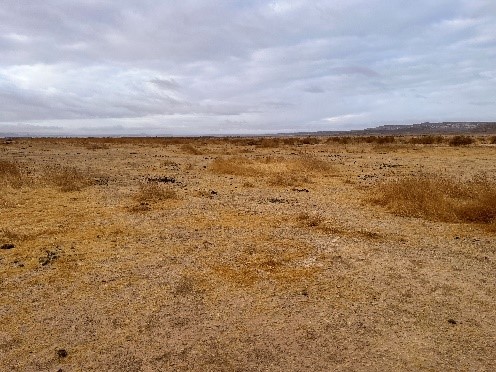
Figure 1: Typical vegetation in the Uvda Valley and the dung left by the Asiatic Wild Asses

Figure 2: The scattered rocks that the Wheatears like to use as observation posts.
In Fig.1 one sees the typical vegetation and the scattered dung left by Asiatic Wild Asses. These animals became extinct in Israel in the early decades of the last century, but a few specimens were released to the wild in the 1960s, ending up presently with some 500 of them roaming in the Negev desert. In Fig.2 one sees the typical rock formations that decorate the otherwise sandy plain, and these are very much liked by the Wheatears as perches and refuges. An example is the Mourning Wheatear (Oenanthe lugens) seen in Fig.3. Note the many white spots left by other Wheatears all over the sharper peaks, attesting to their preference of the rocks as observation posts. In fact, the Hebrew name of this genus is “Sal’it”, meaning “rocky”, to stress their attachment to such rocks.
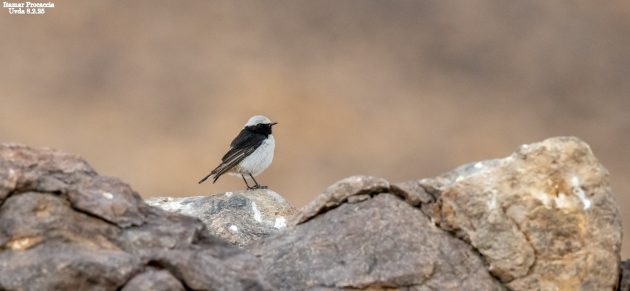
Figure 3: Mourning Wheatear on the rocks. Notice the many white spots left by other Wheatears that chose the rocks as observation points.
Luckily for the bird photographer, the wheatears also come down to perch on the scant vegetation to look for prey, which consists of ants, beetles, grasshoppers, butterflies, and other insects. This then provides the best opportunity to obtain good photos, like the Mourning Wheatear seen in Fig. 4. A bird of about 15-16 cm in length, weighing 18-25 g, it is quite abundant in Israel as well as in a wide distribution in the arid regions from Algeria to Pakistan. Note that contrary to many others in its genus, the Mourning Wheatear has a brown-pink rump, rather than white.
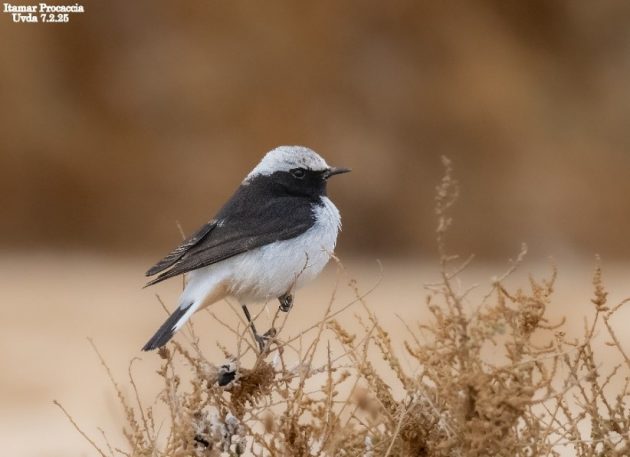
Figure 4: Mourning Wheatear in a typical pose
Less abundant than the Mourning Wheatear, but readily seen in the Uvda valley, is the Desert Wheatear, (Oenanthe deserti). Of similar size to the Mourning Wheatear, the Desert Wheatear is distinguished by the buff color of the male’s upper part and the breast, see Fig. 5. The female is greyer above and buffer below. The population is split in two, the western desert wheatear breeds from the Sahara to the northern Arabian Peninsula. The eastern race is found in the semi-deserts of Central Asia and in winter in Pakistan and northeast Africa.
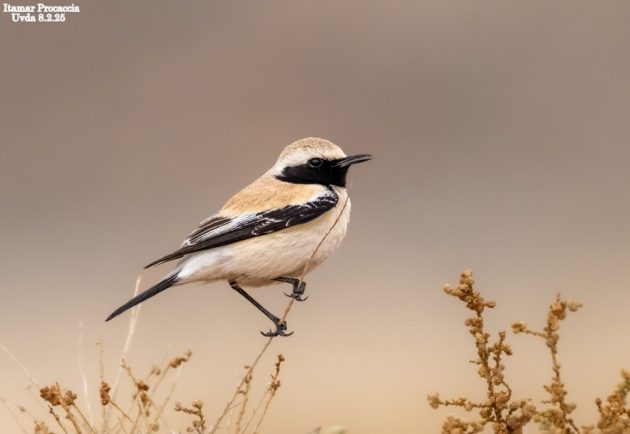
Figure 5: Desert Wheatear in typical pose
During the two days in the Uvda Valley, I was intrigued to notice that the birds were quite attracted to the scattered dung of the Wild Asses (that were not around to be seen). Maybe this is because insects are attracted to the dung, or due to seeds that could be found in the dung. The Desert Wheatear was seen quite often using the dung as an observation post, see Fig. 6. I never noticed this before, and the phenomenon may need further study to appreciate the effect of the rewilding of these large mammals in the fragile desert area.
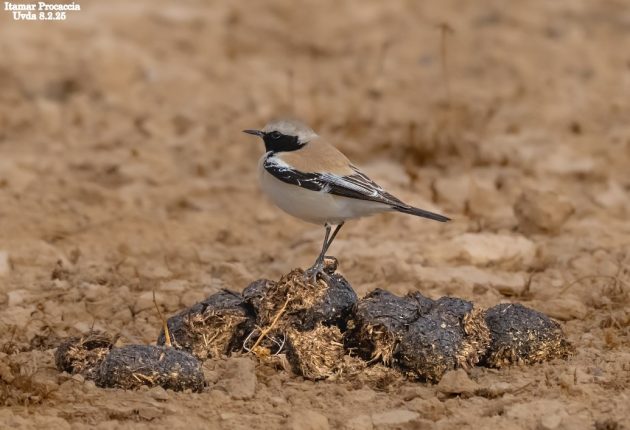
Figure 6: Desert Wheatear using the dung of Wild Ass as a perch
A larger species that is abundant in the Uvda Valley is the White-crowned Wheatear (Oenanthe leucopyga). With a length of 17-18.5 cm, it weighs about 40 g. This species thrives in the desert areas from Morocco to the Arabian Peninsula. It is distinguished by a fully black belly, as one can see in Fig. 6. In terms of food and general behavior, it is very similar to the previous species, with the difference that it feeds also on fruits. It is a resident bird that does not migrate.
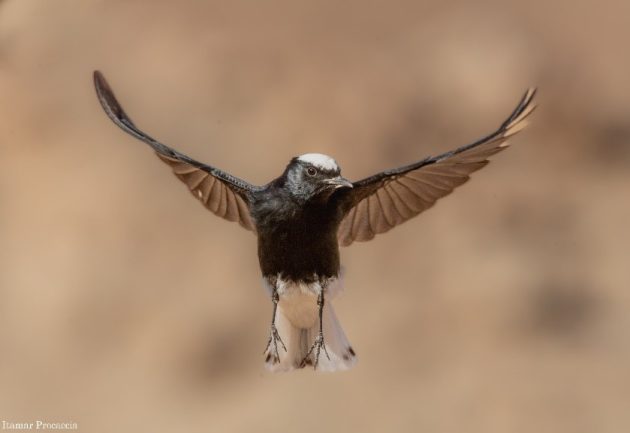
Figure 7: White-crowned Wheatear examines the photographer with suspicion
In contrast, the migrating Pied Wheatear (Oenanthe pleschanka), which winters in East Africa and breeds from the South-East of Europe to China, can be only occasionally seen in the Uvda valley. Its normal migration route is east of the Jordan River, but sometimes, quite rarely, it deviates, as it did last year. I did not see this species this year, but almost exactly a year ago I saw and photographed the female specimen shown in Fig.8. Its presence in the Uvda Valley became widely celebrated in the Israeli birding community at that time.
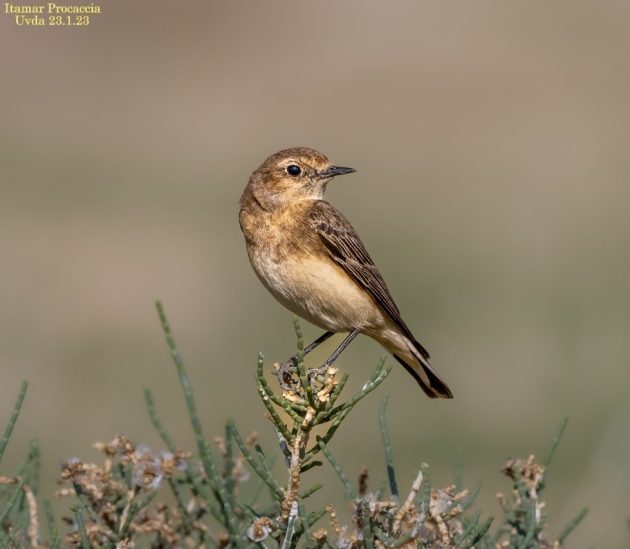
Figure 8: Female Pied Wheatear in the Uvda Valley, almost exactly one year ago.
In order not to leave the wrong impression that this interesting desert valley attracts only wheatears, I should briefly mention other species, like the Trumpeter Finch (Bucanetes githagineus) (Fig.9) and Desert Lark (Ammomani deserti) (Fig.10), which are attracted to the same rocks from which the Wheatears got their Hebrew name. Other birds were seen but not photographed, like Crowned Sandgrouses and Brown-necked Ravens. In short, a worthwhile piece of land to watch and photograph interesting birds.
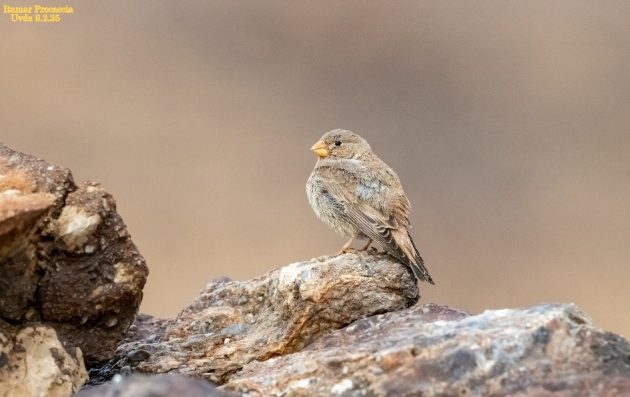
Figure 9: Trumpeter Finch (female) exhibiting its camouflage, with feathers colored like the rocks.
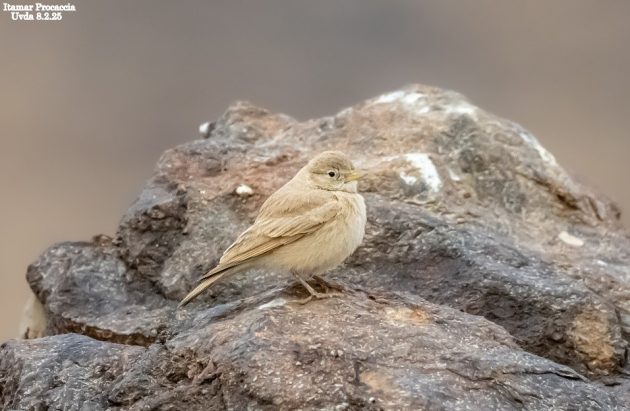
Figure 10: Desert Lark on the same beloved rocks.






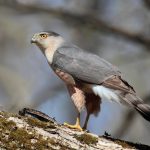
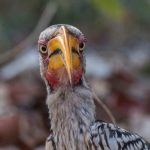
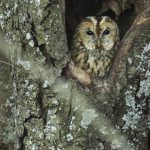
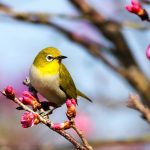


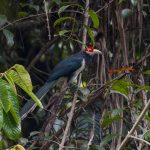
Leave a Comment